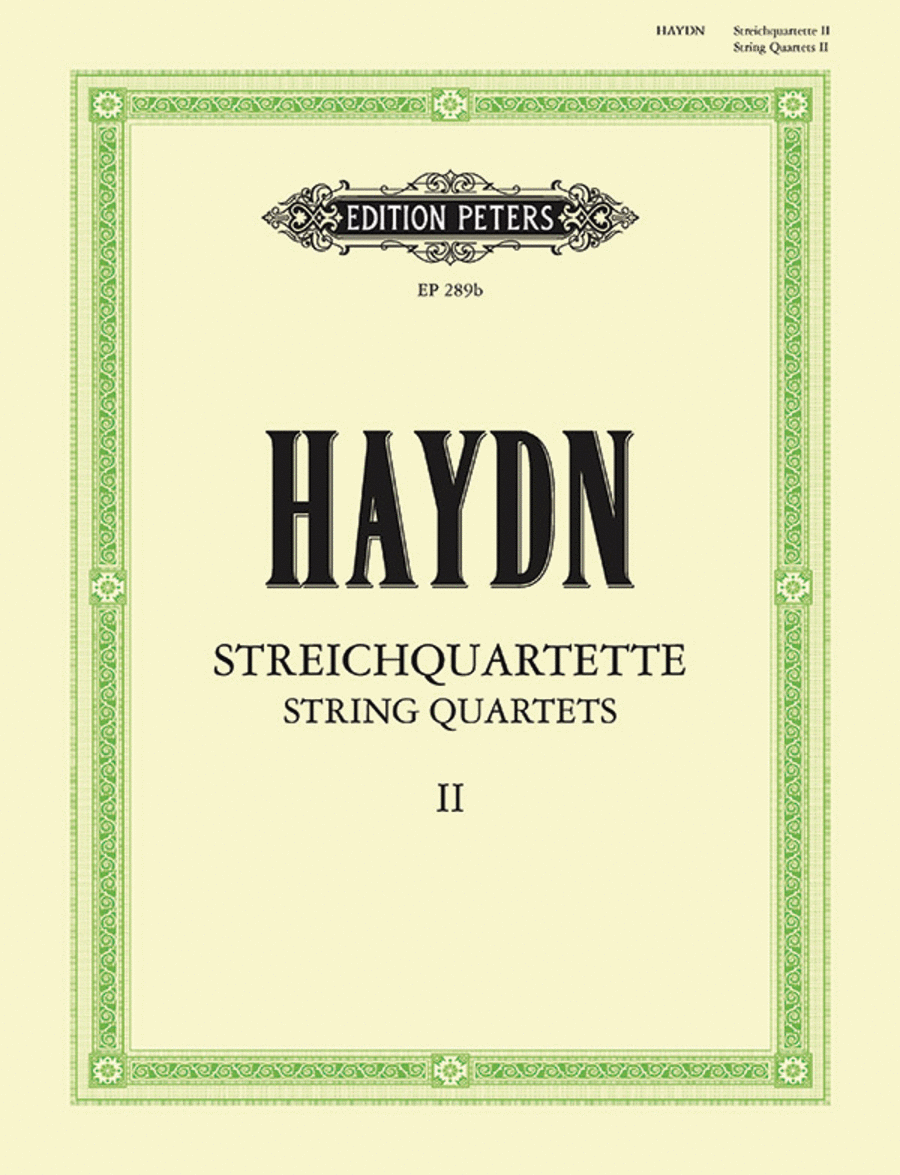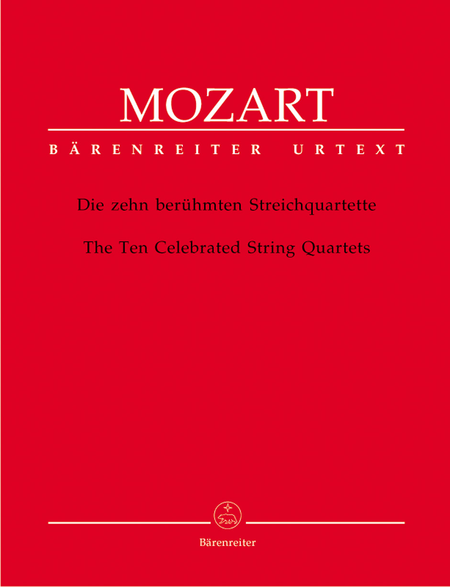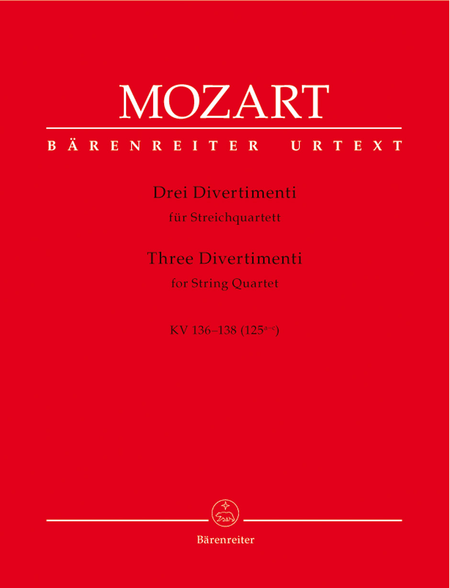Marc-Antoine Charpentier (1643 – 1704) was a French
Baroque composer during the reign of Louis XIV. One of
his most famous works is the main theme from the
prelude of his Te Deum, Marche en rondeau. This theme
is still used today as a fanfare during television
broadcasts of the Eurovision Network and the European
Broadcasting Union. He dominated the Baroque musical
scene in seventeenth century France because of the
quality of his prolific output. He mastered all genres,
and his skill in writin...(+)
Marc-Antoine Charpentier (1643 – 1704) was a French
Baroque composer during the reign of Louis XIV. One of
his most famous works is the main theme from the
prelude of his Te Deum, Marche en rondeau. This theme
is still used today as a fanfare during television
broadcasts of the Eurovision Network and the European
Broadcasting Union. He dominated the Baroque musical
scene in seventeenth century France because of the
quality of his prolific output. He mastered all genres,
and his skill in writing sacred vocal music was
especially hailed by his contemporaries.
Charpentier was born in or near Paris, the son of a
master scribe who had very good connections to
influential families in the Parlement of Paris.
Marc-Antoine received a very good education, perhaps
with the help of the Jesuits, and registered for law
school in Paris when he was eighteen. He with Drew
after one semester. He spent "two or three years" in
Rome, probably between 1667 and 1669, and studied with
Giacomo Carissimi. He is also known to have been in
contact with poet-musician Charles Coypeau d'Assoucy,
who was composing for the French Embassy in Rome. A
legend claims that Charpentier initially traveled to
Rome to study painting before he was discovered by
Carissimi. This story is undocumented and possibly
untrue; at any rate, although his 28 volumes of
autograph manuscripts reveal considerable skill at
tracing the arabesques used by professional scribes,
they contain not a single drawing, not even a
rudimentary sketch. Regardless, he acquired a solid
knowledge of contemporary Italian musical practice and
brought it back to France.
He composed secular works, stage music, operas,
cantatas, sonatas, symphonies, as well as sacred music,
motets (large or small), oratorios, masses, psalms,
Magnificats, Litanies. At his death, Charpentier's
complete works must have numbered about 800 opus
numbers, but today only 28 autograph volumes remain, or
more than 500 pieces that he himself took care to
classify. This collection, called Blends, i s one of
the most comprehensive sets of musical autograph
manuscripts of all time.
David et Jonathas (David and Jonathan), H. 490, is an
opera in five acts and a prologue by the French
composer Marc-Antoine Charpentier, first performed at
the Collège Louis-le-Grand, Paris, on 28 February
1688. The libretto, by Father François Bretonneau, is
based on the Old Testament story of the friendship
between David and Jonathan. Although the opera takes
the form of a typical French tragédie en musique it
has also been referred to as a tragédie biblique
because of its Biblical subject matter. David et
Jonathas was first performed at a Jesuit college in
combination with a spoken drama in Latin, Saul, by
Father Étienne Chamillard (1656–1730). Each act of
the opera was followed by one act from the play.
Charpentier's work was so successful, it was reprised
at other Jesuit colleges in 1706, 1715 and 1741.
Source: Wikipedia
(https://en.wikipedia.org/wiki/David_et_Jonathas).
Although originally composed for Voices, Orchestra &
Continuo, I created this Interpretation of the
"Jonathas à Saül" (Jonathan's Victory and Saul's
Curse) from "David et Jonathas" (H. 490 Mvt. 30) for
String Quartet (2 Violins, Viola & Cello).











